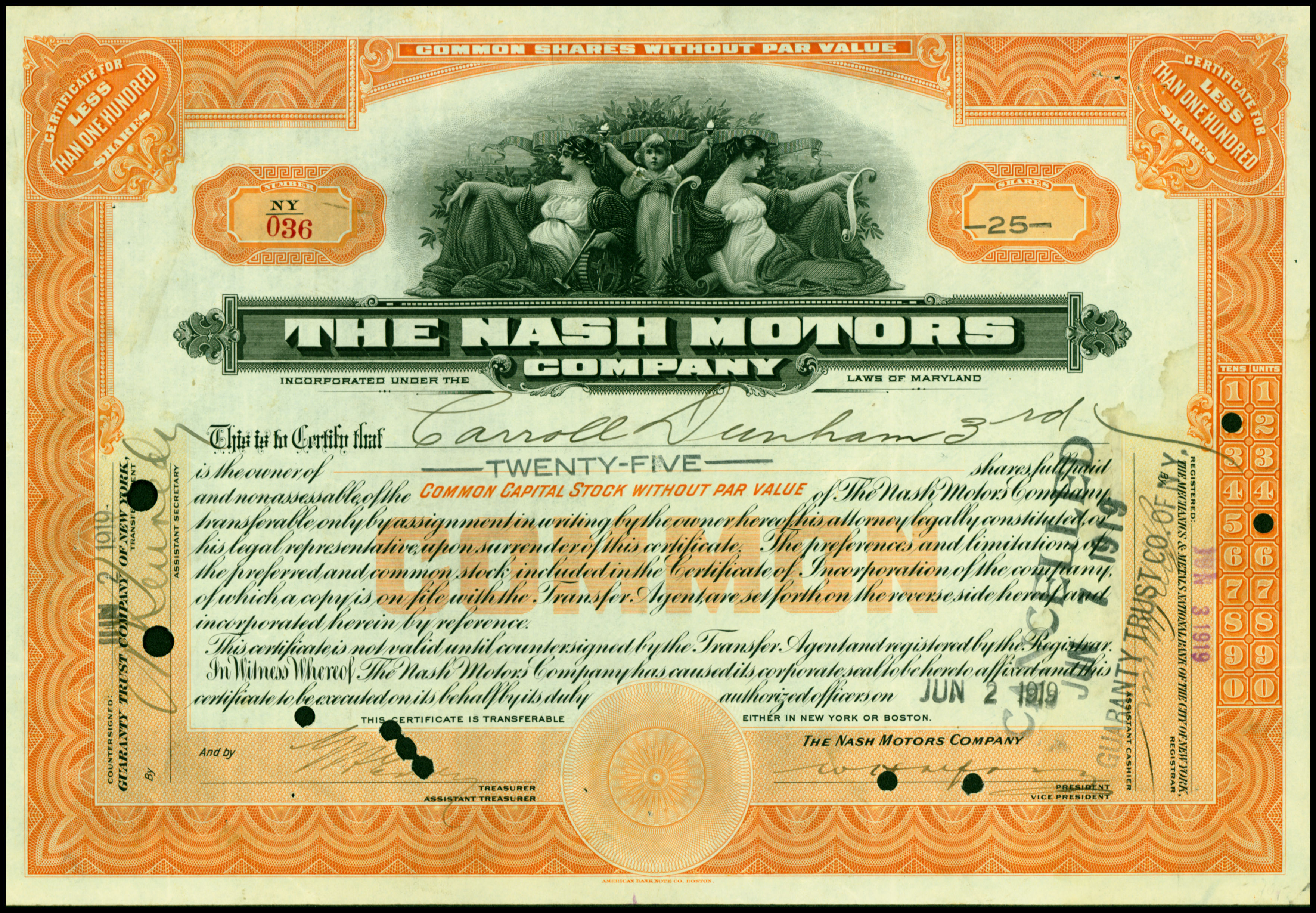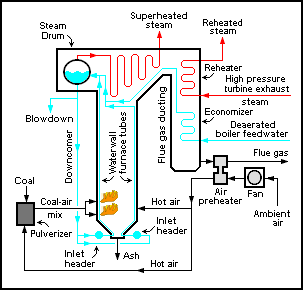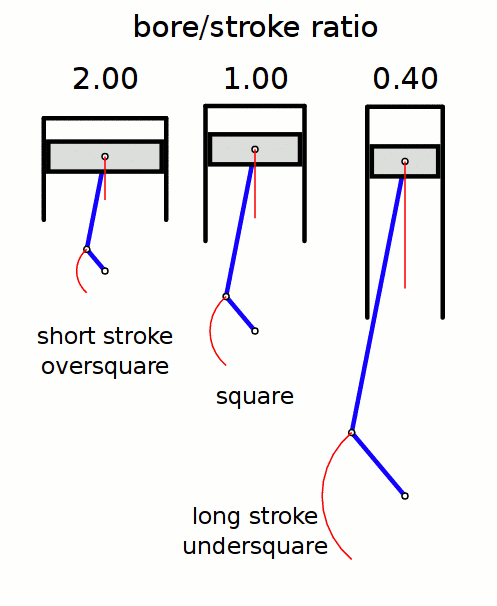|
Miesse
Miesse was a Belgian maker of cars and trucks, active from 1894 to 1974. History Jules Miesse set up a mechanical workshop in 1894, and built his first cars in 1896. In 1902 Thomas Turner & Company acquired a licence to build the cars in the United Kingdom - these Turner-Miesse cars were built until 1906. In 1927 the production of cars was discontinued, in favour of trucks and buses. Some were equipped with Diesel engines from German builder Junkers.Kupélian/Kupélian/Sirtaine: ''Histoire de l’automobile belge'' In 1929, Miesse acquired the Bollinckx works, who had produced since 1890 gas and steam engines, and compressors and tools for compressed air; this allowed increasing truck production to 100 per annum. The merged company was called ''Automobiles Miesse et Usines Bollinckx Société Anonyme''; it was later renamed to Auto-Miesse. After 1945, Miesse assembled Nash cars for the European market. Miesse continued to exist till 1974. Cars Jules Miesse built his first aut ... [...More Info...] [...Related Items...] OR: [Wikipedia] [Google] [Baidu] |
Turner Manufacturing Company
The Turner Manufacturing Company was an engineering company based in Wolverhampton, England. Among their products were steam and petrol cars (as the Turner Motor Manufacturing Company), small boat engines, the Turner winch, a range of diesel engines made in the 1940s and 1950s, the Yeoman of England agricultural tractor, and truck transmissions - the latter leading to their eventual takeover. History The origins of the Thomas Turner company date back to the middle of the 19th century. Thomas Turner had an interest in security, and obtained a patent in 1857 for a burglar alarm system. The company operated out of the Phoenix Lock and Metal Works, Great Brickkiln Street, Wolverhampton, and in 1866 he had 70 employees. In the late 1890s the works also produced a range of Phoenix bicycles. In 1902 the company decided to move into car manufacture and struck a deal with Miesse of Belgium to make their steam cars under licence. The Turner Motor Manufacturing Company was formed at this ti ... [...More Info...] [...Related Items...] OR: [Wikipedia] [Google] [Baidu] |
Diesel Engine
The diesel engine, named after Rudolf Diesel, is an internal combustion engine in which ignition of the fuel is caused by the elevated temperature of the air in the cylinder due to mechanical compression; thus, the diesel engine is a so-called compression-ignition engine (CI engine). This contrasts with engines using spark plug-ignition of the air-fuel mixture, such as a petrol engine (gasoline engine) or a gas engine (using a gaseous fuel like natural gas or liquefied petroleum gas). Diesel engines work by compressing only air, or air plus residual combustion gases from the exhaust (known as exhaust gas recirculation (EGR)). Air is inducted into the chamber during the intake stroke, and compressed during the compression stroke. This increases the air temperature inside the cylinder to such a high degree that atomised diesel fuel injected into the combustion chamber ignites. With the fuel being injected into the air just before combustion, the dispersion of the fuel is une ... [...More Info...] [...Related Items...] OR: [Wikipedia] [Google] [Baidu] |
Junkers
Junkers Flugzeug- und Motorenwerke AG (JFM, earlier JCO or JKO in World War I, English: Junkers Aircraft and Motor Works) more commonly Junkers , was a major German aircraft and aircraft engine manufacturer. It was founded there in Dessau, Germany, in 1895 by Hugo Junkers, initially manufacturing boilers and radiators. During World War I and following the war, the company became famous for its pioneering all-metal aircraft. During World War II the company produced the German army's Luftwaffe planes, as well as piston and jet aircraft engines, albeit in the absence of its founder, who had been removed by the Nazis in 1934. History Early inter-war period In the immediate post-war era, Junkers used their J8 layout as the basis for the F-13, first flown on 25 June 1919 and certified airworthy in July of the same year. This four passenger monoplane was the world's first all-metal airliner. Of note, in addition to significant European sales, some twenty-five of these airplanes w ... [...More Info...] [...Related Items...] OR: [Wikipedia] [Google] [Baidu] |
Nash Motors
Nash Motors Company was an American automobile manufacturer based in Kenosha, Wisconsin from 1916 to 1937. From 1937 to 1954, Nash Motors was the automotive division of the Nash-Kelvinator Corporation. Nash production continued from 1954 to 1957 after the creation of American Motors Corporation. In 1938 the firm debuted the heating and ventilation system which is still used today, unibody construction in 1941, seat belts in 1950, a US built compact car in 1950, and muscle cars in 1957. History Nash Motors was founded in 1916 by former General Motors president Charles W. Nash, who acquired the Thomas B. Jeffery Company. Jeffery's best-known automobile was the Rambler whose mass production from a plant in Kenosha began in 1902. The 1917 Nash Model 671 was the first vehicle produced to bear the name of the new company's founder. Sales were positive for 1918 at 10,283 units. More models were added in 1919 and sales rose to 27,081 for the year. Nash enjoyed decades of s ... [...More Info...] [...Related Items...] OR: [Wikipedia] [Google] [Baidu] |
Boiler (power Generation)
An industrial boiler, originally used for supplying steam to a stationary steam engine A boiler or steam generator is a device used to create steam by applying heat energy to water. Although the definitions are somewhat flexible, it can be said that older steam generators were commonly termed ''boilers'' and worked at low to medium pressure () but, at pressures above this, it is more usual to speak of a ''steam generator''. A boiler or steam generator is used wherever a source of steam is required. The form and size depends on the application: mobile steam engines such as steam locomotives, portable engines and steam-powered road vehicles typically use a smaller boiler that forms an integral part of the vehicle; stationary steam engines, industrial installations and power stations will usually have a larger separate steam generating facility connected to the point-of-use by piping. A notable exception is the steam-powered fireless locomotive, where separately-generated ... [...More Info...] [...Related Items...] OR: [Wikipedia] [Google] [Baidu] |
Stroke Ratio
In a reciprocating piston engine, the stroke ratio, defined by either bore/stroke ratio or stroke/bore ratio, is a term to describe the ratio between cylinder bore diameter and piston stroke length. This can be used for either an internal combustion engine, where the fuel is burned within the cylinders of the engine, or external combustion engine, such as a steam engine, where the combustion of the fuel takes place ''outside'' the working cylinders of the engine. A fairly comprehensive yet understandable study of stroke/bore effects was published in ''Horseless Age'', 1916. Conventions In a piston engine, there are two different ways of describing the ''stroke ratio'' of its cylinders, namely: ''bore/stroke'' ratio, and ''stroke/bore'' ratio. Bore/stroke ratio Bore/stroke is the more commonly used term, with usage in North America, Europe, United Kingdom, Asia, and Australia. The diameter of the cylinder bore is divided by the length of the piston stroke to give the rati ... [...More Info...] [...Related Items...] OR: [Wikipedia] [Google] [Baidu] |
Car Manufacturers Of Belgium
A car or automobile is a motor vehicle with wheels. Most definitions of ''cars'' say that they run primarily on roads, seat one to eight people, have four wheels, and mainly transport people instead of goods. The year 1886 is regarded as the birth year of the car, when German inventor Carl Benz patented his Benz Patent-Motorwagen. Cars became widely available during the 20th century. One of the first cars affordable by the masses was the 1908 Model T, an American car manufactured by the Ford Motor Company. Cars were rapidly adopted in the US, where they replaced animal-drawn carriages and carts. In Europe and other parts of the world, demand for automobiles did not increase until after World War II. The car is considered an essential part of the developed economy. Cars have controls for driving, parking, passenger comfort, and a variety of lights. Over the decades, additional features and controls have been added to vehicles, making them progressively more complex. These i ... [...More Info...] [...Related Items...] OR: [Wikipedia] [Google] [Baidu] |
Defunct Motor Vehicle Manufacturers Of Belgium
{{Disambiguation ...
Defunct (no longer in use or active) may refer to: * ''Defunct'' (video game), 2014 * Zombie process or defunct process, in Unix-like operating systems See also * * :Former entities * End-of-life product * Obsolescence Obsolescence is the state of being which occurs when an object, service, or practice is no longer maintained or required even though it may still be in good working order. It usually happens when something that is more efficient or less risky r ... [...More Info...] [...Related Items...] OR: [Wikipedia] [Google] [Baidu] |
Vintage Vehicles
Vintage, in winemaking, is the process of picking grapes and creating the finished product—wine (see Harvest (wine)). A vintage wine is one made from grapes that were all, or primarily, grown and harvested in a single specified year. In certain wines, it can denote quality, as in Port wine, where Port houses make and declare vintage Port in their best years. From this tradition, a common, though not strictly correct, usage applies the term to any wine that is perceived to be particularly old or of a particularly high quality. Most countries allow a vintage wine to include a portion of wine that is not from the year denoted on the label. In Chile and South Africa, the requirement is 75% same-year content for vintage-dated wine. In Australia, New Zealand, and the member states of the European Union, the requirement is 85%. In the United States, the requirement is 85%, unless the wine is designated with an AVA, (e.g., Napa Valley), in which case it is 95%. Technically, the 85% r ... [...More Info...] [...Related Items...] OR: [Wikipedia] [Google] [Baidu] |
.jpg)






